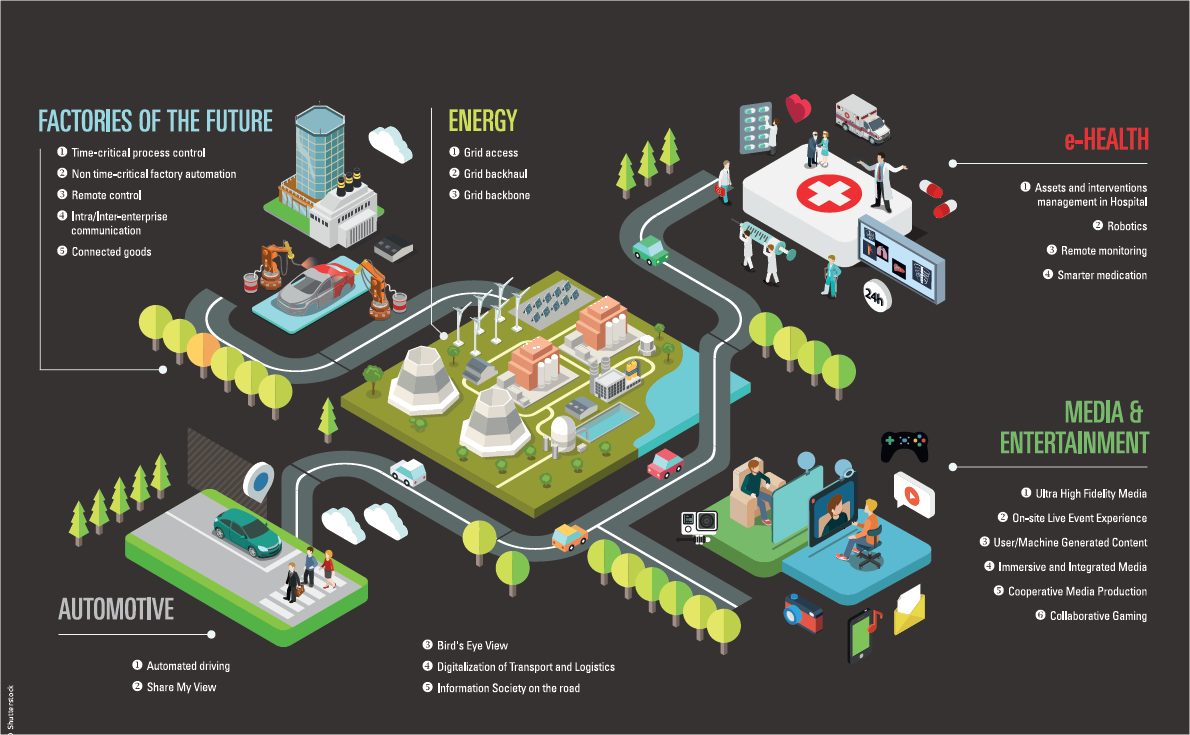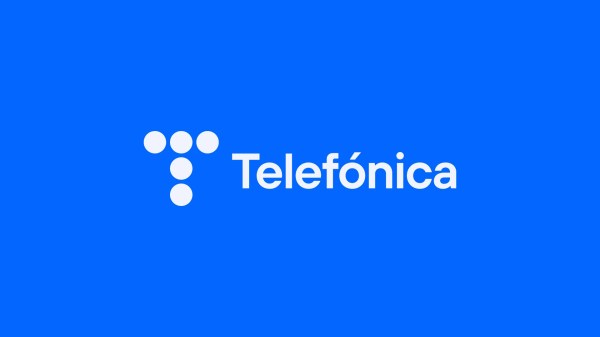Europe is faced with economic and societal challenges such as ageing of populations, societal cohesion, sustainable development. The introduction of digital technologies in economic and societal processes is key to address these challenges. 5G network infrastructures will be a key asset to support this societal transformation, leading to the fourth industrial revolution impacting multiple sectors.
In the next decade, it is expected that the manufacturing industry will evolve towards a distributed organisation of production, with connected goods, low energy processes, collaborative robots, integrated manufacturing and logistics. These concepts are notably embodied under the Industry 4.0 paradigm.
A new paper 5G empowering vertical industries -written by experts from ATOS, Fujitsu, Huawei, Kingston University London, Telecom Italia and Telefónica, among others- presents innovative digital use cases from most important vertical sectors in Europe, namely: Factories of The Future, Automotive, Health, Energy and Media & Entertainment, and how their requirements impact 5G design.
5G networks and services will be available from 2020 and will be the backbone of our future economy and society
They should form the basis for a consolidated set of 5G requirements that will feed the standardisation process of 5G.
- The automotive sector considers that 5G will be used for cooperative automated driving so thousands of vehicles can exchange information between each other in real-time. For the lightening-speed data transmission time (low latency) of 5G networks means that future connected cars will have a “see through” security application which enables the user to see the road much far ahead of the vehicle in front of them, overtake safely and avoid accidents.
- The health sector finds 5G useful for assets and interventions management in hospitals, for robotics for remote monitoring and for smart medication. For example, 5G could improve the quality of experience of surgeons using operating robots. The super-fast data transmission of 5G networks would mean that a robot surgeon reacts instantly to instructions or movements by a surgeon performing a virtual operation remotely.
- Smart factories. 5G could be useful for time-critical process control, factory automation, remote control, enterprise communication and connected goods. It would be vital for robot-based manufacturing processes where the detection of an incident may require ultra-fast response from the network.
- Energy. 5G will be essential for grid access, as a grid backhaul and a grid backbone. It could help energy companies balance supply and demand in a future when a growing proportion of energy is generated by solar and wind (sometimes unpredictable) and the growing number of electric vehicles place varying and unpredictable demand on the network.
- The Media and entertainment sector will use 5G for Ultra High Fidelity media, on-site live event experience, immersive and integrated media, cooperative media production and collaborative gaming. For instance, games based on virtual reality could be played across continents, or football games watched in 3D and with immersive lenses from a living room but as if you were in the stadium.
The white paper illustrates the benefits of building a common 5G network that could address the specific requirements of various sectors. While a dedicated network for each industry would not be economically attractive, 5G can pool their needs together and make it affordable. It will transform networks into service platforms where industries will be able to find dedicated advanced services for their own specific needs, supplied from a variety of vendors and operators.
>>If you want to know how Telefónica collaborates with Intel to define the requirements to future 5G networks click here
>> For more information: https://ec.europa.eu/digital-agenda/en/news/more-smartphones-white-paper-shows-how-5g-will-transform-eu-manufacturing-health-energy








